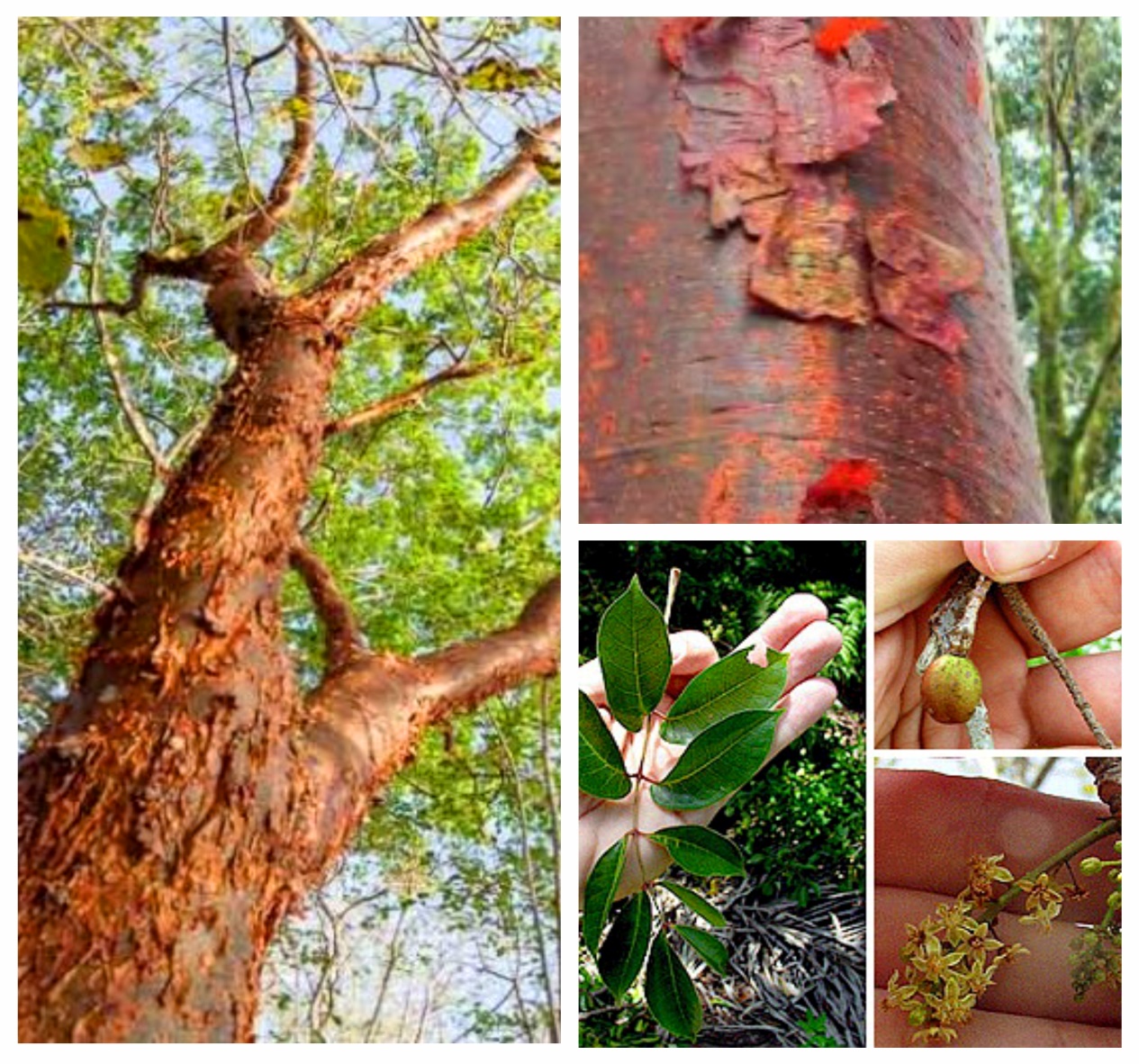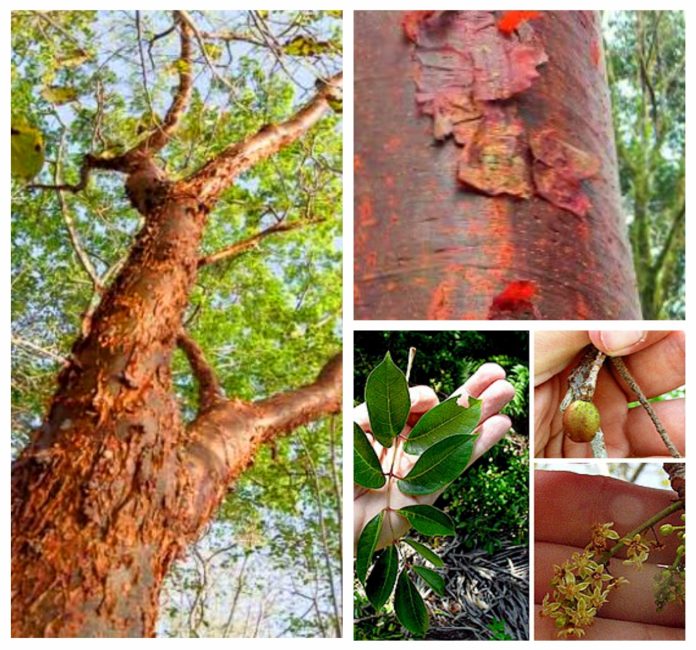Booking a magical glimpse inside Etnia Nativa is easy
Article by Etnia Nativa call us 592 2702 and book your experience!
On our small island, balance has always been more than just a concept—it has been a way of life. From the rhythms of the sea and trade winds to the slow, sun-soaked pace of our colonial past, Aruba has long thrived on a delicate harmony between people, nature, and tradition. A blend of indigenous roots and European influence shaped our identity into something wholly unique, yet now increasingly threatened by the pressures of modern life.
Today, we face a crossroads. The same sun that once warmed our ancestors now beats down on overflowing garbage dumps and congested roads. Over-tourism and over-migration have pushed our limited resources to their brink. Biodiversity is declining, traffic snarls our daily lives, and our cultural memory fades beneath the strain of economic growth without ecological or historical stewardship.
In response to these imbalances, we offer a platform rooted in preservation, education, and reconnection. Our goal is to rediscover and share the true spirit of being an Aruban—through our history, our cultural practices, and our native plants and landscapes that have sustained us for generations.
During this episode we introduce you to a living symbol of both cultural heritage and environmental resilience: Bursera simaruba—locally known as Pal’i Siya Cora—is one of the Caribbean’s most remarkable native trees. Also called gumbo-limbo, tourist tree, copper wood, almacigo, and chaca, this adaptable species stretches across the Neotropics, from South Florida to Brazil. However, this tree has become very scary on our island due to many adverse man-provoked factors.
Easily recognized by its reddish, peeling bark—likened to sunburned tourists—this tree has long been valued for both its hardiness and its healing properties. It is one of the most wind-tolerant trees in the tropics and thrives in the calcareous, salty soils that dominate Aruba’s coastal and dry forest landscapes. Able to grow in degraded soil and withstand long droughts, it plays a vital role in reforestation and erosion control, while its fruit feeds birds and small mammals.

Economically and ecologically useful, Bursera simaruba is often used as a living fence post or windbreak for crops and roads. A simple branch planted in fertile soil can grow into a sizable tree in just a few years. In folk medicine, its resin is known to treat inflammation, respiratory conditions, and skin ailments, connecting us once again to ancestral knowledge.
This remarkable tree is a reminder of nature’s capacity to adapt and heal—but also of the need to protect the native species that protect us in return.
Etnia Nativa is where Aruba’s spirit lives on. To experience the deeper currents of Aruba’s heritage, people alike are encouraged to connect with Etnia Nativa, the only living museum of its kind in the Caribbean. Since 1994, Etnia Nativa has stood as a guardian of the island’s spiritual and cultural roots. As co-founders of Aruba’s National Park and the Archaeological Museum Aruba, and longtime members of several artisan and environmental foundations, our mission is clear: to bridge the past and the present, offering a profound and immersive journey into the heart of Aruba’s identity.
At Etnia Nativa, history is not behind glass. It lives in the stories we tell, the crafts we make, the plants we grow, and the knowledge we share. It is a place where balance—between old and new, nature and culture—is not just taught, but felt.
WhatsApp: +297 592 2702 or Email: etnianativa03@gmail.com
Don’t wait for the last day of your trip to connect with the soul of Aruba. Discover what it truly means to belong to this island, and why the time to act—for our culture, for our nature—is now.




















